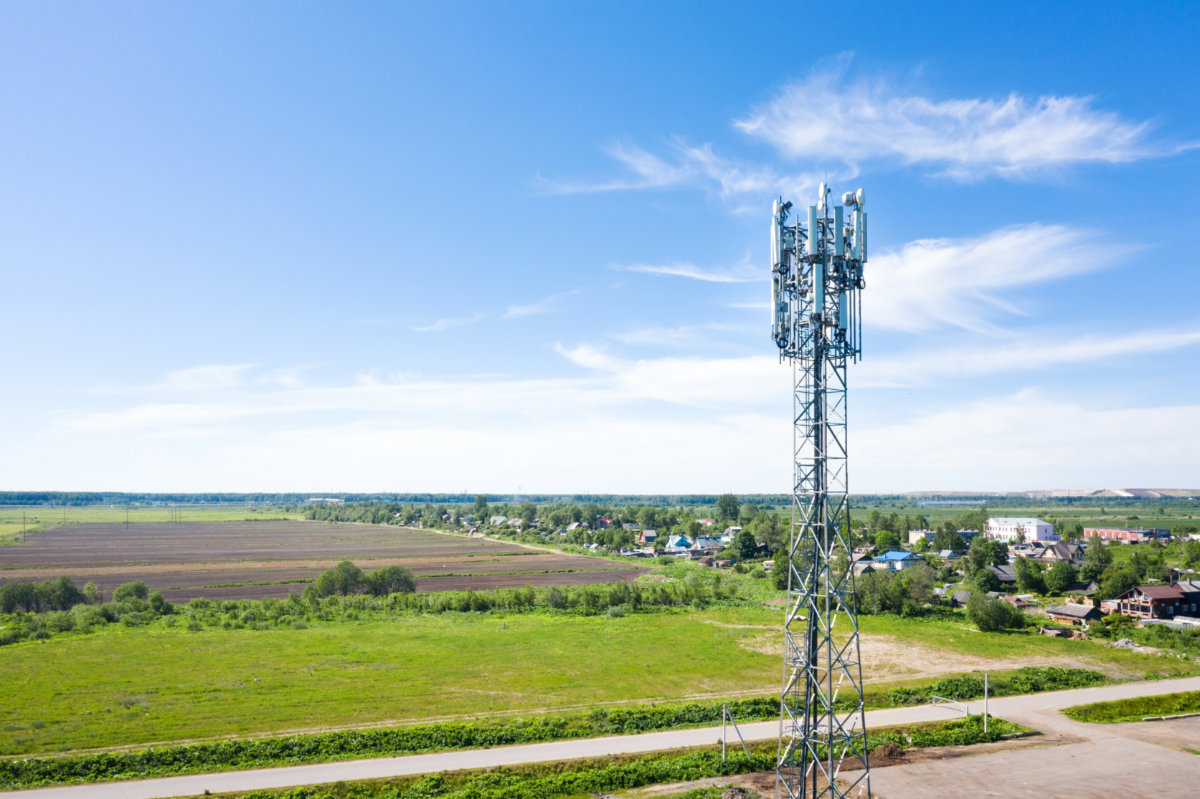Electronic Device with RADIO Frequency Module which Operate and Sell in Indonesia must have type approvall (SDPPI License)

SDPPI Type Approval refers to a certification process regulated by the Indonesian Ministry of Communication and Informatics (Kominfo) through its Directorate General of Resources and Equipment of Post and Information Technology (SDPPI). This approval is necessary for telecommunication devices and electronic equipment to be legally imported, sold, or used in Indonesia, based on regulation Permen_Kominfo_No_16_2018
Key Aspects of SDPPI Type Approval:
1. Purpose:
- To ensure that devices comply with Indonesian technical and regulatory standards, including safety, electromagnetic compatibility (EMC), and frequency usage.
- To prevent interference with other communication systems in the country.
2. Devices Requiring Type Approval:
- Mobile phones, tablets, and other wireless communication devices.
- Wi-Fi routers, Bluetooth devices, and IoT equipment.
- Radio transmitters, antennas, and other telecommunications equipment.
3. Process:
- Testing: Devices must be tested in an SDPPI-accredited laboratory to verify compliance with local standards.
- Documentation: Applicants must submit technical documentation, test reports, and other required documents.
- Approval Certificate: Once approved, a certificate is issued, allowing the device to be imported, distributed, and used in Indonesia.
4. Validity:
- Type approval certificates are usually tied to a specific device model and may need renewal if there are changes in regulations or device specifications.
5. Kominfo’s Role:
- Kominfo oversees the entire type approval process to ensure regulatory compliance.
- It manages the SDPPI online certification system for efficient processing.
Importance for Businesses:
- Manufacturers and importers must obtain this certification before selling their products in Indonesia. Non-compliance can lead to fines, import bans, or product recalls.
- If you’re planning to import or distribute telecommunications equipment in Indonesia, securing SDPPI Type Approval is a critical step in ensuring regulatory compliance.
Technical Requirements of Low Power Wide Area (LPWA), Based on PERDIRJEN SDPPI No 3 Tahun 2019
General Requirements:
1. Power Supply
2. Non-Ionizing Radiation Requirements
3. Electrical Safety
4. EMC Requirement
5. Operational Requirements and Localization of Data
Note:
LPWA Non-cellular Gateway must have the ability to ensure the flow of customer data does not exit the territory of Indonesia by making firmware that is easily configurable or using other techniques deemed necessary so that data remains transparent and its flow does not go outside the territory of the Republic of Indonesia.
Conformity Requirements
Each Non-cellular LPWA Telecommunication Equipment is mandatory to fulfill the following main characteristics:
1. Radio Frequency Band: 920 - 923 MHz
2. Transmission Power:
a) LPWA Non-cellular Devices Width band of 100 mW EIRP
- Tx Power End Node: ≤ 100 mW EIRP
- Tx Power Gateway (conducted): ≤ 200 mW
- Tx Power Gateway: ≤ 400 mW EIRP
b) Narrowband LPWA Non-Cellular Equipment
- Tx Power End Node: ≤ 250 mW EIRP (By statement letter from telecommunications operator)
- Tx Power Gateway (conducted): ≤ 200 mW
- Tx Power Gateway (conducted): ≤ 400 mW EIRP
3. Bandwidth (Bandwidth):
- Wideband: ≤ 250 kHz
- Narrowband: ≤ 200 kHz
4. Duty Cycle:
a) Non-Cellular Telecommunications Equipment and/or Wideband
- Downlink: ≤ 1%
- Uplink: ≤ 1%
b) Telecommunications Equipment and/or LPWA Non-Cellular Telecommunication Equipment Narrowband
- Downlink: 10%
- Uplink: 5%
5. Maximum Spurious Emission of LPWA Non-cellular: -36 dBm (ETSI 300.220)
6. Filters (attached or separate to devices) on the LPWA Non-cellular Gateway with out-of-band rejection > 50 dB at 915 MHz and 925 MHz


.png)